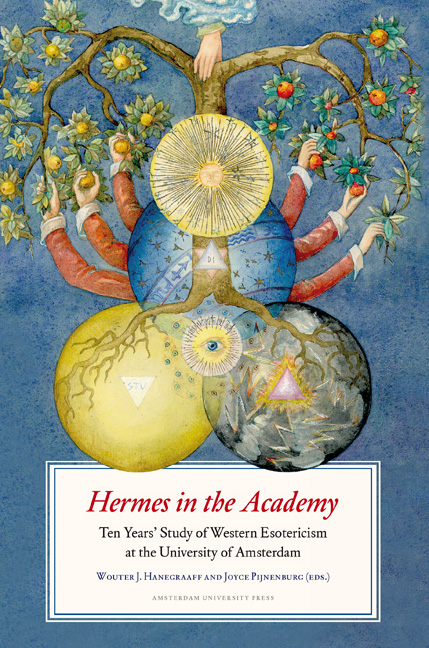Mathematical Esotericism: Some Perspectives on Renaissance Arithmology
Published online by Cambridge University Press: 20 January 2021
Summary
Since Augustine and the high Middle Ages until it began its decline at the end of the 13th century, the symbolism of numbers was known in Europe by terms such as “arithmetics,” the “mystery (or sacrament) of numbers,” or sometimes even the “mystical sense of number.” It was rediscovered during the Renaissance, and now came to be known as “mystical,” “formal” or “Pythagorean” arithmetics, or as the “mystical application of numbers.” As such, it was part of the revival of neoplatonizing tendencies and of the interest – albeit frequently biased, in this respect – in the works of Nicholas Cusanus (1401-1464).
Although Marsilio Ficino, the central representative of Renaissance Platonism, devoted some important discussions to an analogical or qualitative interpretation of numbers or of certain geometrical figures (both in his own works and in his translations of and commentaries on Plato), the triumphant return of number symbolism to the center of humanist preoccupations was primarily the work of his young fellow countryman Giovanni Pico della Mirandola (1463- 1494) and of the German Johannes Reuchlin (1455-1522). From 1486 on, with his famous Oratio on the Dignity of Man, Pico made an explicit attempt to establish arithmology as a “way of philosophizing” (institutio philosophandi, that is to say, as a method of doing philosophy by means of numbers), and even as a wholly independent current of speculation almost on the same level of importance as Neoplatonism, Aristotelianism, magic, or kabbalah. In such a context, “Pythagoreanism” ceased to be understood – as it had mostly been thus far – as a vaguely allegorical approach to mathematics, or a hermeneutical tool for interpreting the numbers in the Bible. Pico made a point of emphasizing that even if he was presenting this “philosophy by numbers” as something new, it was in reality an ancient tradition that had been highly respected by the “ancient theologians” and from there all the way up to Plato and Aristotle themselves. As is well known, he was planning a public debate presided over by the Pope himself, which should take place in Rome after Epiphany in 1487, in which he wanted to discuss no less than 900 theses written by him for the occasion.
- Type
- Chapter
- Information
- Hermes in the Academy , pp. 75 - 90Publisher: Amsterdam University PressPrint publication year: 2009
- 1
- Cited by



